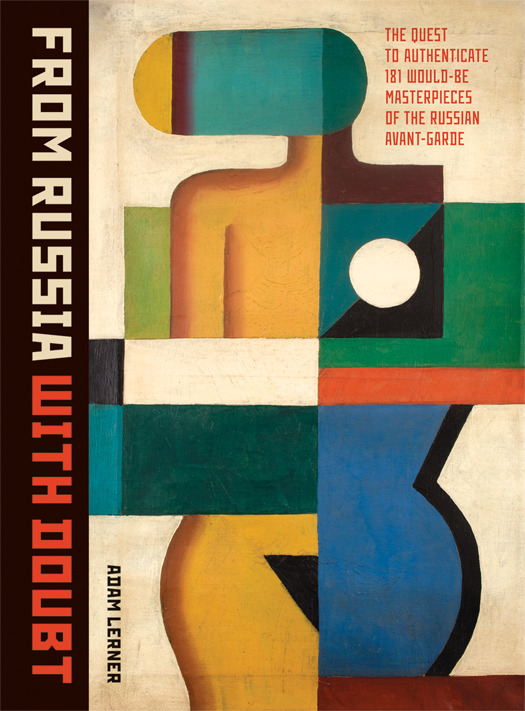
Cover of book, From Russia With Doubt, by Adam Lerner, 176 pages, 200 color illustrations, Princeton Architectural Press.
Looking for a great art book this holiday season? Let me tell you about one I could not put down. From Russia with Doubt is the true story about brothers Ron and Roger Pollard, two amateur collectors who enjoyed going to flea markets and estate sales, picking up objects, paintings — anything they happened to like. One day in 2004, while skimming eBay for a painting to hang in their house, Ron spotted what looked to be pretty good representation of a Russian avant-garde Suprematist painting. Ron knew a little about that period in Russian art history, and the painting looked real enough from what he could discern online. So Ron told his brother Roger about the painting and together they decided to put in a bid of $500 for the artwork. At the end of the auction a few days later, they were disappointed to learn they were outbid in the last few seconds. Though disheartened, they decided to try again on a similar work by the same seller. And this time — they won, paying about $600.00 for their first purchase. Not a bad price for a painting they both liked.
The painting arrived a week or so later and, upon anxious inspection — it looked very old. Fake or not, it looked great and Ron and Roger were happy.
The eBay seller, who identified himself as a mid-level insurance administrator in Aachen, Germany, offered them a second painting for about the same price. They quickly bought it. Now curious, Ron and Roger asked about the history of the paintings. Where did he get them? Where did they come from? And this is where the mystery really begins to take off.
The German seller told them the paintings had been sent from Russia to Germany in a shipping container back in the late 1980s, just before the Soviet Union dismantled in 1991. He went on to say that when the duty (tax) was not paid on the container, the contents were auctioned off to the public, which is where the seller eventually got them. Now he was selling them one at a time on eBay. The provenance of the artworks were unknown and untraceable — a huge red flag to any collector or art curator. Still, the Pollard brothers loved what they were getting. To their amateur eye, the paintings looked like exactly like early Russian abstractions, and they definitely had all the attributes of significant age. There was the crackled and chipped paint, embedded grime and dirt, canvas that easily appeared 100 years in age — and the stretchers were definitely old and the canvas musty. Any words they found on the back of a painting were painted in Cyrillic letters.
After a time consuming and something frustrating process of purchases and losses with the German seller on eBay, the brothers decided to contact him in with an offer to buy “everything he had” if he would sell to them direct and not offer any more art on eBay. The seller agreed, and within 4 months they had spent $10,000 and acquired about 30 more of the artworks. Those 30 paintings would eventually be added to until, as of this writing, the brothers now own 181 paintings and sculptures.
So why would the two brothers buy so many paintings just on a hunch they could be real? The answer comes after an appraisal they commissioned midway into their collecting process. When the appraisal came back — the brothers were stunned to discover that the artworks (if real) had been valued at over $50 million dollars. (It was time to take the paintings to a bank vault, which they did.)
The rest of the story involves tales of handwriting experts, the FBI, and a courageous new Director at the Museum of Contemporary Art Denver by the name of Adam Lerner.
This book reads like a detective novel, and with over 200 color images you might even come to your own conclusion as to whether or not the paintings are actual Russian avant-garde works. I won’t reveal whether Ron and Roger Pollard ever found the answer to this riddle, but at this point, I wonder how many of us would take the same gamble for a possible $50 million payoff?
Having spent most of my own collecting life seeking authenticity in objects I collect, I have learned that many times, and in many cases — anonymous objects surface without a provenance, without papers, and with no pedigree. That is when your own educated eye must guide you. So here’s a book where we all given the chance to reevaluate the meanings of art, and to discover just what it is we truly value when we look at it.
About the Author
Adam Lerner is director and chief animator at MCA Denver, where he was praised by the New York Times for “reshaping what had become a stale model for a contemporary art museum.” Lerner was previously a Master Teacher at the Denver Art Museum and a curator at the Contemporary Museum, Baltimore.
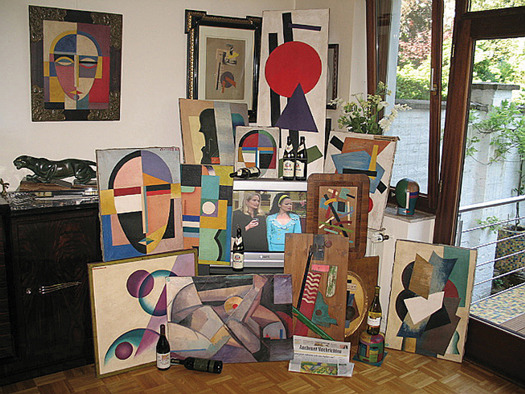
A photograph sent to Ron by one of the Aachen, Germany sellers, showing paintings in his home.

A view of MCA Denver’s exhibition of the unauthenticated paintings in 2010 to 2011.
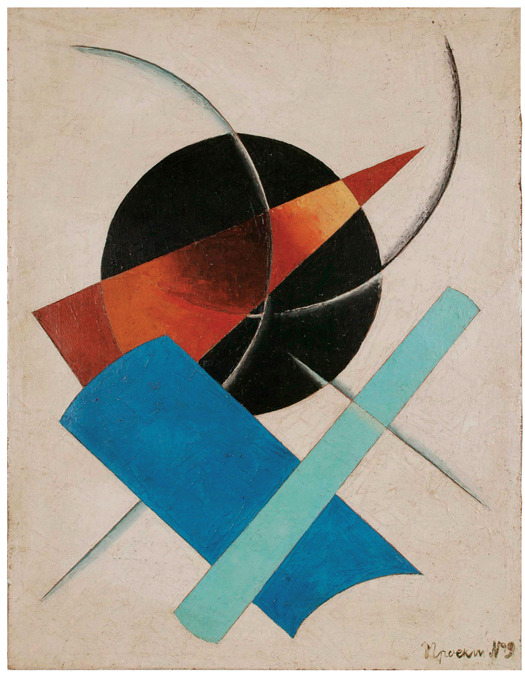
Artist unknown. In the style of Aleksandr Rodchenko, n.d. Oil on canvas, 23.5 x 19.5 inches.
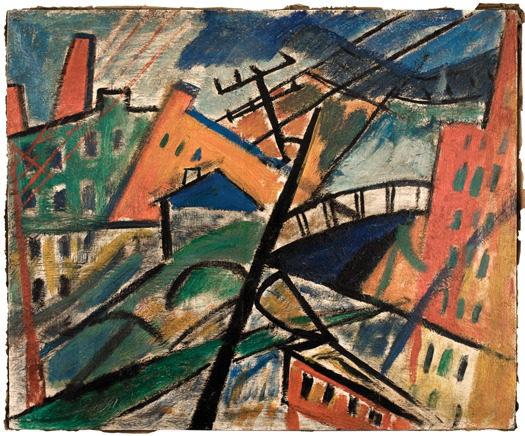
Artist unknown. In the style of Olga Rozanova, n.d. Oil on canvas, 19.75 x 23.75 inches.
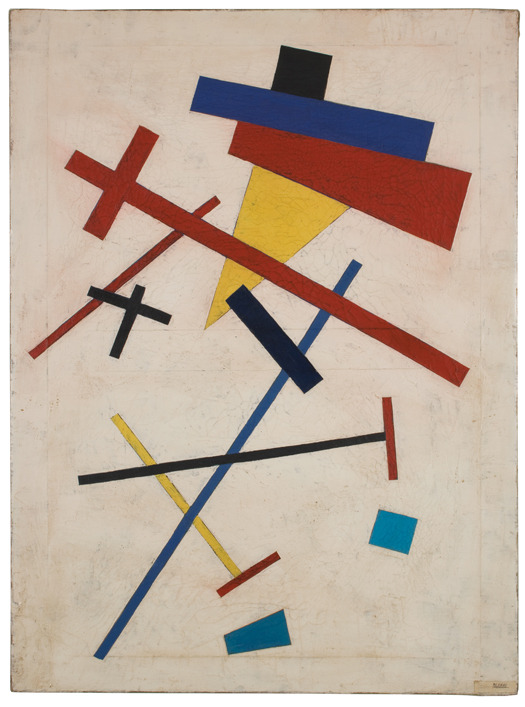
Artist unknown. In the style of Kazimir Malevich, n.d. Oil on canvas, 28.75 x 21.25 inches.
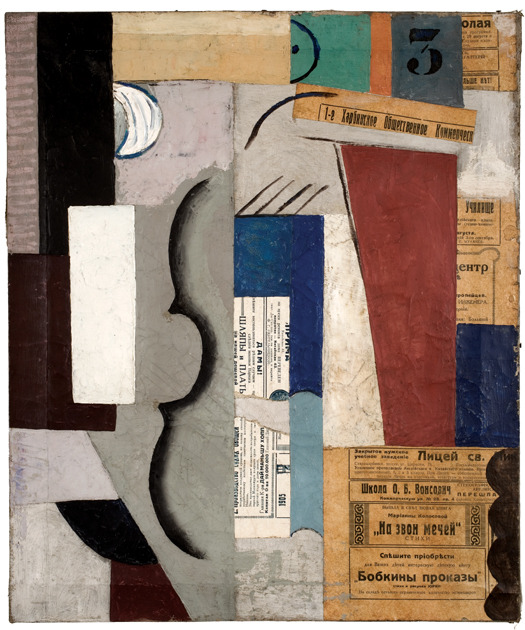
Artist unknown. In the style of Kazimir Malevich, n.d. Oil on canvas, 22 x 18 inches.
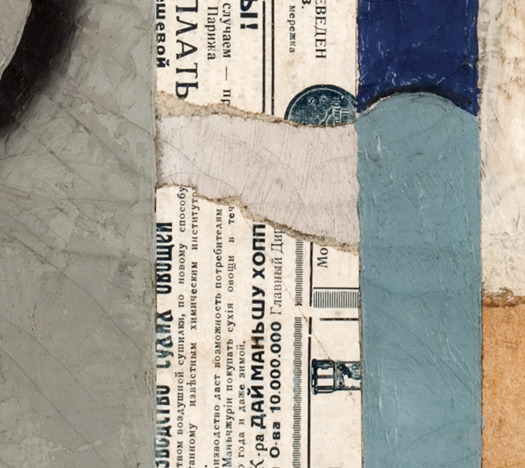
Detail of previous painting.

Detail of previous painting.
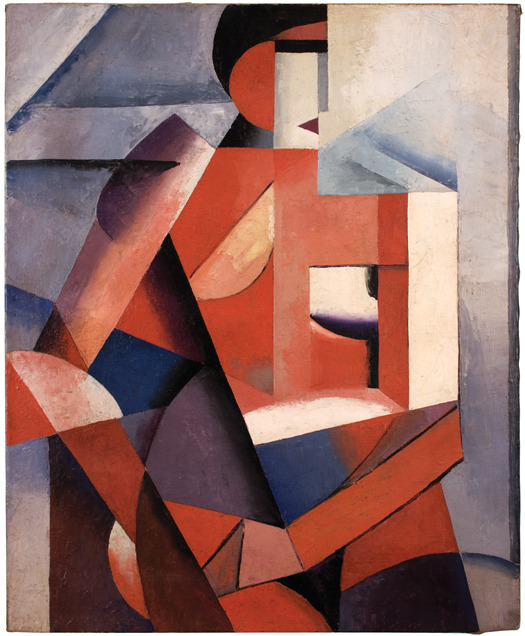
Artist unknown. In the style of Nadezhda Udaltsova, n.d. Oil on canvas, 38 x 31.5 inches.
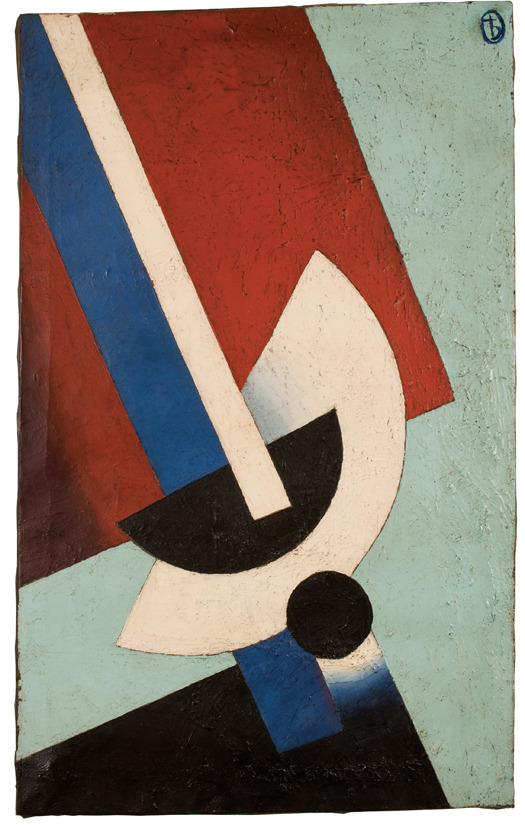
Artist unknown. In the style of Aleksandr Rodchenko, n.d. Oil on canvas, 32.5 x 21 inches.

Artist unknown. In the style of Liubov Popova, n.d. Oil on canvas, 25.75 x 15.75 inches.
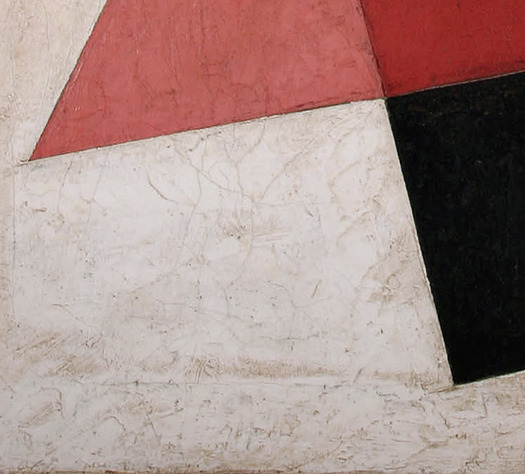
Detail of previous painting.
